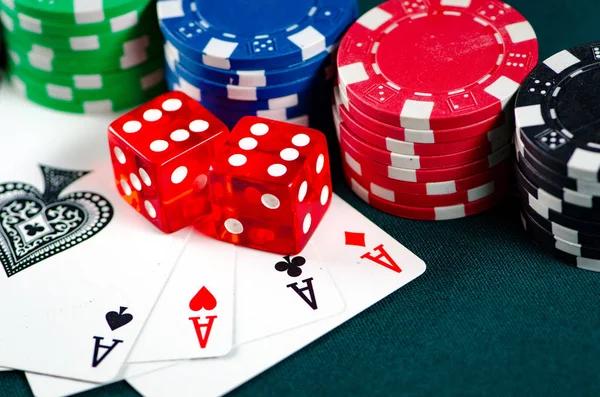The world of casinos is often associated with glitz, glamour, and high-stakes excitement. Behind the neon lights and luxurious interiors lie fascinating stories that have shaped these iconic establishments into cultural landmarks. These tales are woven into the fabric of history, blending ambition, innovation, controversy, and human ingenuity to create institutions that transcend mere entertainment venues.
Take Las Vegas for instance—a city synonymous with gambling. The origins of its most famous casinos are steeped in intrigue. Many were built during the mid-20th century when organized crime syndicates played a significant role in financing their construction. The Flamingo Hotel and Casino, one of Las Vegas’ earliest icons, was spearheaded by notorious mobster Bugsy Siegel in 1946. While his vision helped transform the barren Nevada desert into a bustling hub of tourism and nightlife, Siegel’s involvement ultimately led to his untimely demise. Today, the Flamingo stands as a testament to Sin City’s colorful past while serving as an enduring symbol of resilience.
Across the Atlantic Ocean lies Monte Carlo Casino in Monaco—an establishment dripping with sophistication and exclusivity. Opened in 1863 under Princess Caroline’s directive to save Monaco from financial ruin, this casino became an instant magnet for European aristocracy seeking leisure amidst opulence. Its 바카라 게임 하기 legacy has been immortalized through literature and film; Ian Fleming famously featured it in James Bond novels such as “Casino Royale.” Yet beneath its polished exterior lies a tale of reinvention: initially met with skepticism by locals who opposed gambling on moral grounds, Monte Carlo eventually evolved into an emblematic institution that redefined luxury tourism.
In Macau—the “Las Vegas of Asia”—casinos tell another story entirely: one rooted in rapid transformation fueled by globalization. Once overshadowed by neighboring Hong Kong’s prominence as an economic powerhouse during colonial rule under Portugal, Macau reinvented itself after returning to Chinese sovereignty in 1999. The Venetian Macao stands out among its peers not only for being one of the largest casinos globally but also for embodying architectural grandeur inspired by Venice’s canals—a nod to how cultural fusion can elevate commercial spaces into works of art.
These hidden stories remind us that casinos are more than places where fortunes are won or lost; they’re monuments reflecting broader societal shifts over time—whether through daring entrepreneurship or geopolitical transitions—and offer glimpses into humanity’s unyielding pursuit of dreams against all odds.



